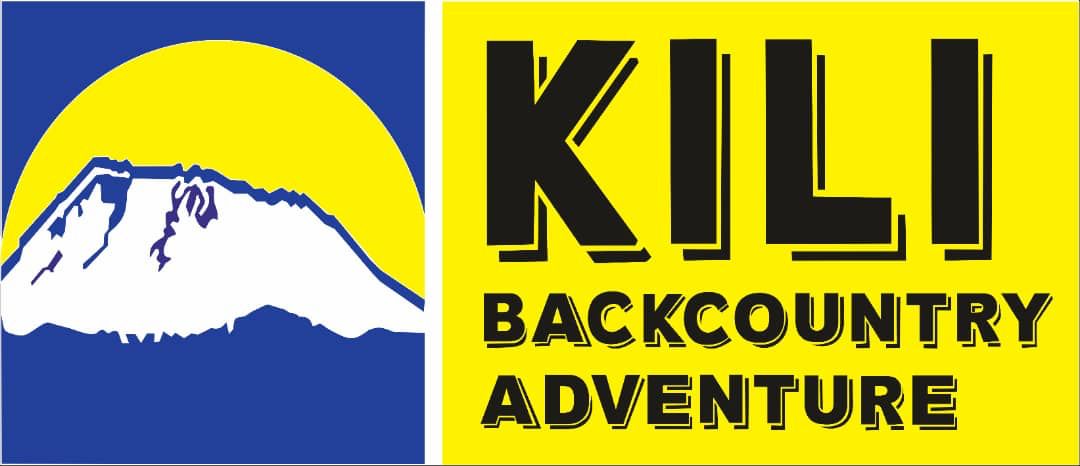Mount Kilimanjaro F.A.Q
Questions and Answers
1. Where is Mount Kilimanjaro?
The mountain is in Tanzania, East Africa, about 350km from the equator. The nearest towns are Moshi and Arusha.
2. How high is Mount Kilimanjaro?
Mount Kilimanjaro is the highest freestanding mountain in the world and the highest mountain in Africa. Its highest point is Uhuru Peak on the Kibo crater at 5895m above sea level.
3. What kind of experience do i need for Kilimanjaro?
None, but previous hiking or climbing experience will help. You need to be fit and healthy and have a good pair of worn-in hiking boots. The fitter you are the more you are likely to enjoy it.
4. What gear do i need for Kilimanjaro?
You don’t need mountain climbing gear. You can rent most of the clothing and equipment you need in Tanzania, but bringing your own clothes, well worn-in boots and a good sleeping bag is best. You will need a small day pack with enough space for wind and rain clothes, some first aid, 3 litres of water and snacks.
Warm clothes (fleece, wind and waterproof layers), good polarised sunglasses, sunscreen and a head lamp should be included in your packing list. You might prefer to use walking sticks and gaiters, but these can be rented from your trekking operator. Even thermal underwear and down jackets can be rented from us. If you think you do not have the correct clothing and gear, please contact Kili Backcountry Adventure for advice but as i said it is better to bring your own gear if possible.
5. Can I shower while on Kilimanjaro?
There are no bathrooms on Kili. Warm water will be supplied in a big bowl and you will be able to wash your face and hands. For the rest you will use wipes. Public toilets are simple, hole-in-the-ground types you can use them as an emergency on on the way while hiking from camp to camp, Portable toilets we provide as well with no extra cost.
6. How much climbing mount Kilimanjaro will cost?
Getting to Tanzania and hiking up Kilimanjaro can be not cheap. But the once in a lifetime experience is worth every penny. Costs (usually quoted in USD) will depend on what you need. Luxuries such as portable toilets will cost more but we include them easy in our packages. Land costs should include transport to and from Kilimanjaro, full board, porters, guides, cooks, camping gear, national park fees and permits. Do not choose the cheapest operator, choose an operator who discloses all costs and who offers value for money.
7. What will I eat on Kilimanjaro – Iam a vegetarian?
You will eat normal food: potatoes, rice, pasta, vegetables, eggs, sandwiches, cheese and fruit. When you book a trek, let us know about food allergies or medical conditions that require special diets. Non-vegetarians will be served sausages, chicken and meat. Tea, coffee and hot chocolate will be available as well.
8. What does the water comes from while hiking Kilimanjaro?
From the mountain, Porters collect water from the streams and it is boiled and definitely filtering before use. This water will be used to fill your water canisters. You don’t need to use purification tablets, but it is recommended.
9. Do we sleep in hotels?
No. There are no hotels on the mountain and no cable cars to the top. You will sleep in tents for camping routes such as Machame, Lemosho, Rongai and Shira or in basic huts if you take the Marangu route. Tents and sleeping mats are carried and set up by the porters. You do need to bring a very warm sleeping bag or rent it from us.
10. What dangers are their on Kilimanjaro?
You might experience symptoms of altitude sickness – headaches, nausea, loss of appetite and dizziness. Apart from obvious injuries that can occur when walking in uneven terrain and in very cold conditions, you will not be in danger of mugging, attack by animals or malarial mosquitoes.
11. Do we tip the hiking crew on Kilimanjaro?
Yes, it is expected and much appreciated because it is also a motivation to the crew to continue doing a great job everyday on the mountain. The amount depends on the amount of days, but can range from $200 and $300 per hiker. Tips are pooled and shared amongst the crew. Bring US dollar bills.
12. How old should I be to make it to the top of mount Kilimanjaro?
No person younger than 10 years is allowed according to Kilimanjaro National Park authorities’ rules. If 10 or older, they may only proceed as high as Horombo Huts (3700m) or Shira Camp (3900m) if they are accompanied by one of their parents. We prefers our climbers to be 14 years and older when they attempt the summit. Climbers older than 70 years are required to show a medical certificate.
The oldest person on the mountain was Richard Byerley (84) of Washington State. He trained by climbing mountains, running and cycling.
13. Will I make it to the top of mount Kilimanjaro ‘Uhuru Peak’?
A good level of fitness and a positive, determined attitude will ensure success. Also, you will need good support and the right gear.
You have a 50% chance – to make it or not. Of the 40 000 visitors Kilimanjaro attracts each year, between 50 and 75% turn back before reaching the summit according a report by the International Mountaineering and Climbing Federation. The main reason for this is cold, dehydration and altitude sickness. You will increase your chances by choosing the right route, allow an extra day for acclimatising to the height, good protection against cold and good guides to help you acclimatise and pace yourself.
